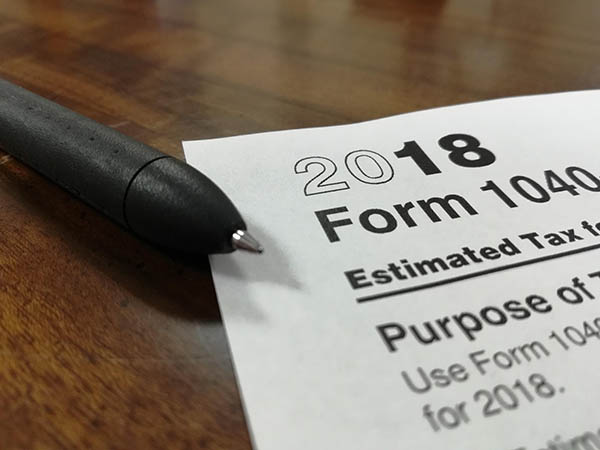
Tax season is well underway, and the deadline is approaching. As a hot tub owner or shopper, you may find yourself wondering if your spa may be tax deductible.
Good news: If your doctor has prescribed at-home hydrotherapy as a treatment for a medical condition, the answer is yes!
So, how can you get a hot tub tax deduction? Simply follow these steps:
- Obtain a doctor’s prescription.
- Research tax guidelines.
- Track and organize expenses.
- File your taxes.
Read on to find out more about each step.
1. Obtain a Doctor’s Prescription

This is arguably the most important part of this process. By obtaining a doctor’s prescription or written recommendation, you’ll be able to prove to the Internal Revenue Service (IRS) that your hot tub has a legitimate medical purpose.
Typically, doctors may prescribe at-home hydrotherapy (i.e., hot tubs) to patients with these types of conditions:
- Arthritis
- Fibromyalgia
- Certain musculoskeletal diseases/injuries
- Chronic pain
- Restless leg syndrome
- Chronic depression and/or anxiety
- Type 2 diabetes
Remember, it’s essential that you get your doctor’s prescription or recommendation in writing. In the eyes of the IRS, a verbal recommendation is impossible to prove and thus inadequate.
2. Research Tax Guidelines

Before you proceed, it would be wise to familiarize yourself with key IRS guidelines.
In this case, you’ll want to take a look at Publication 502, which covers medical and dental expenses. According to Publication 502:
“Medical expenses are the costs of diagnosis, cure, mitigation, treatment, or prevention of disease, and for the purpose of affecting any part or function of the body.”
It’s also important to note that, as per the guidelines:
“Medical care expenses must be primarily to alleviate or prevent a physical or mental disability or illness. They don’t include expenses that are merely beneficial to general health, such as vitamins or a vacation.”
Keep in mind that a tax-deductible hot tub expense is designed to benefit the person who received the doctor’s prescription, whether that person is you, your spouse, your dependent or a qualifying relative.
This means that, unless there are eight qualifying people who all received the same prescription, you won’t be able to deduct the full cost of an eight-person hot tub. Instead, you’ll only be able to deduct a portion of the cost.
To understand exactly how much you can expect to deduct, we recommend speaking with a tax advisor.
3. Track and Organize Expenses

Of course, it’s essential that you track and organize all the necessary expenses associated with purchasing, installing and maintaining your hot tub.
For example, you could provide the IRS with an itemized list of expenses that includes:
- The price of your hot tub.
- The cost of any accessories or upgrades, as long as they’ve been specifically prescribed/recommended by your doctor.
- The cost of delivery.
- The cost of setting up and installing your hot tub. This could include necessary processes such as electrical work, but won’t include optional processes such as the building of a hot tub gazebo.
- The cost of maintenance, which can include sanitizing chemicals and necessary repairs.
4. File Your Taxes

Now, the only thing that’s left for you to do is to file your taxes.
According to the IRS, this can be done on Schedule A of Form 1040. Remember, this will be an itemized deduction rather than a standard deduction. This means that your deduction will have to be broken down into a list of qualified expenses.
If this is your first time filing an itemized deduction, we recommend consulting with a tax advisor to ensure that everything is properly completed.









